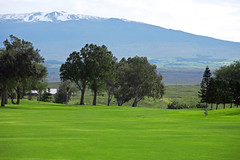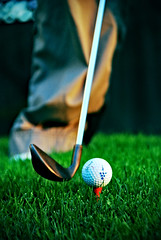100 Tips for Golf Managers Book “Coming Soon”
 Photo by longhorndaveThe purpose of this book is to present to you thoughts and ideas on golf management in order to motivate, encourage and guide you in the industry.
Photo by longhorndaveThe purpose of this book is to present to you thoughts and ideas on golf management in order to motivate, encourage and guide you in the industry.
Here are a few excerpts from the upcoming book.
- Golf management provides a great opportunity to learn and grow personally. Therefore, take advantage of this. You will be the same today as you will be in five years except for two things: the books you read and the people you meet.
- Constantly challenge your employees to develop new skills. Ask them to put themselves into situations where they can grow personally and professionally. In other words, take your employees on a journey with a specific outcome.
- You don’t need to be an accountant, an agronomist, a lawyer or have a degree in marketing to manage a golf facility. You will, however, require people skills, know how to delegate and empower and be inquisitive and knowledgeable in many of these areas.
- Regular meetings with the entire staff are essential. Plan in advance for these. Proper planning prevents poor performance. Have a message and a goal in mind. Each meeting should begin with a follow-up of the results of the previous meeting. You can keep these meetings upbeat and even fun and still ensure that your objectives are achieved.
- Pay close attention to fostering a good relationship with the teaching professionals at your facility. They are unique ambassadors to the industry. Their ideas, input and suggestions can be very valuable to a successful operation. Always try to ensure their success.
- Members need to know that if there is an issue, you as the general manager, are going to face it. Anything can be solved as long as you are open to communication. Most things in golf management can be summarized in two words: Challenge, Response.
- Be a student of your industry; trends, competition and niche opportunities. If you are not continually learning about golf management, you won’t be in first place.
- When you happen to play golf with a member or guest, never allow yourself the opportunity to be judged negatively. A well-adjusted person is one who can play golf as if it were a game.





